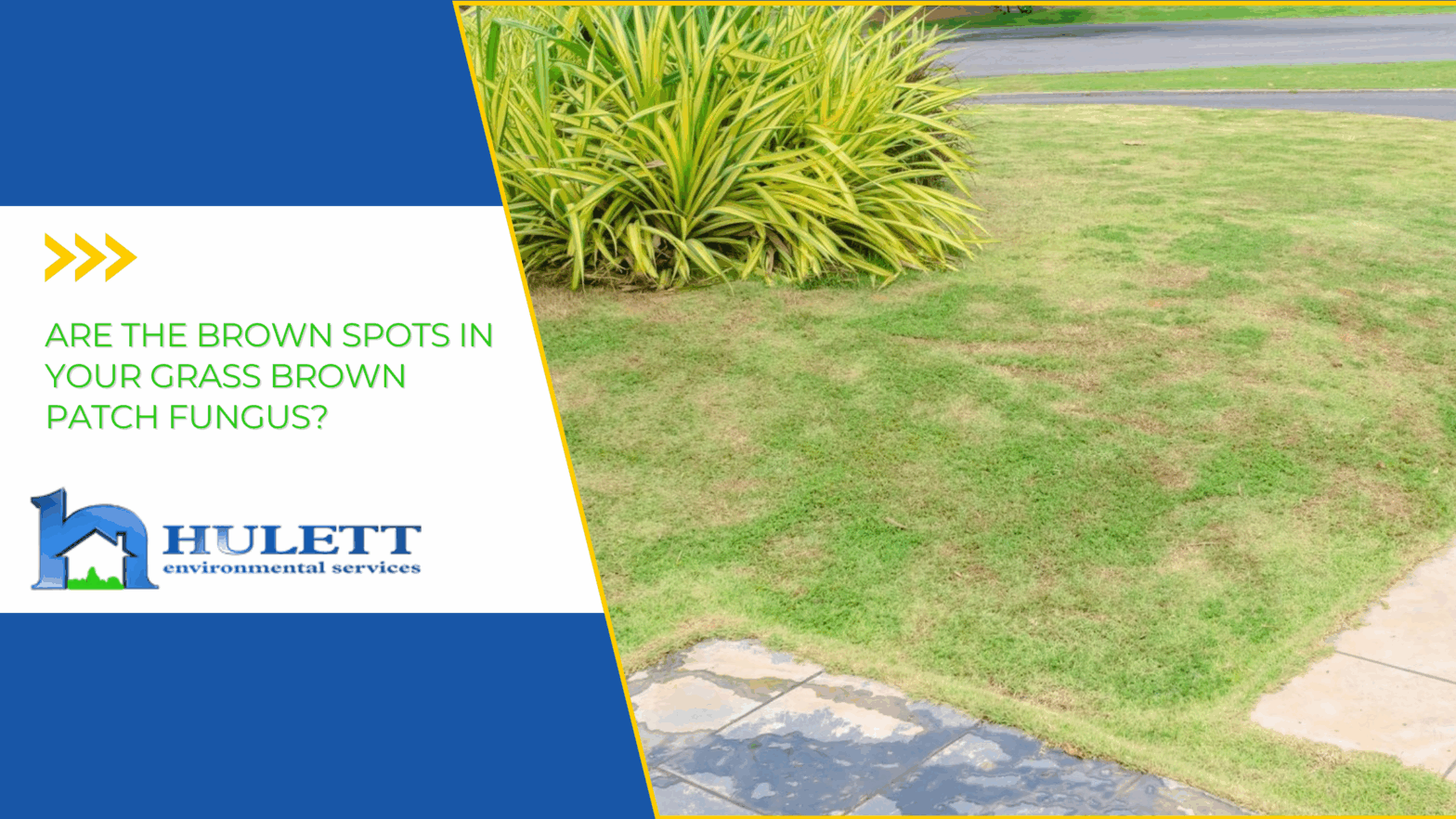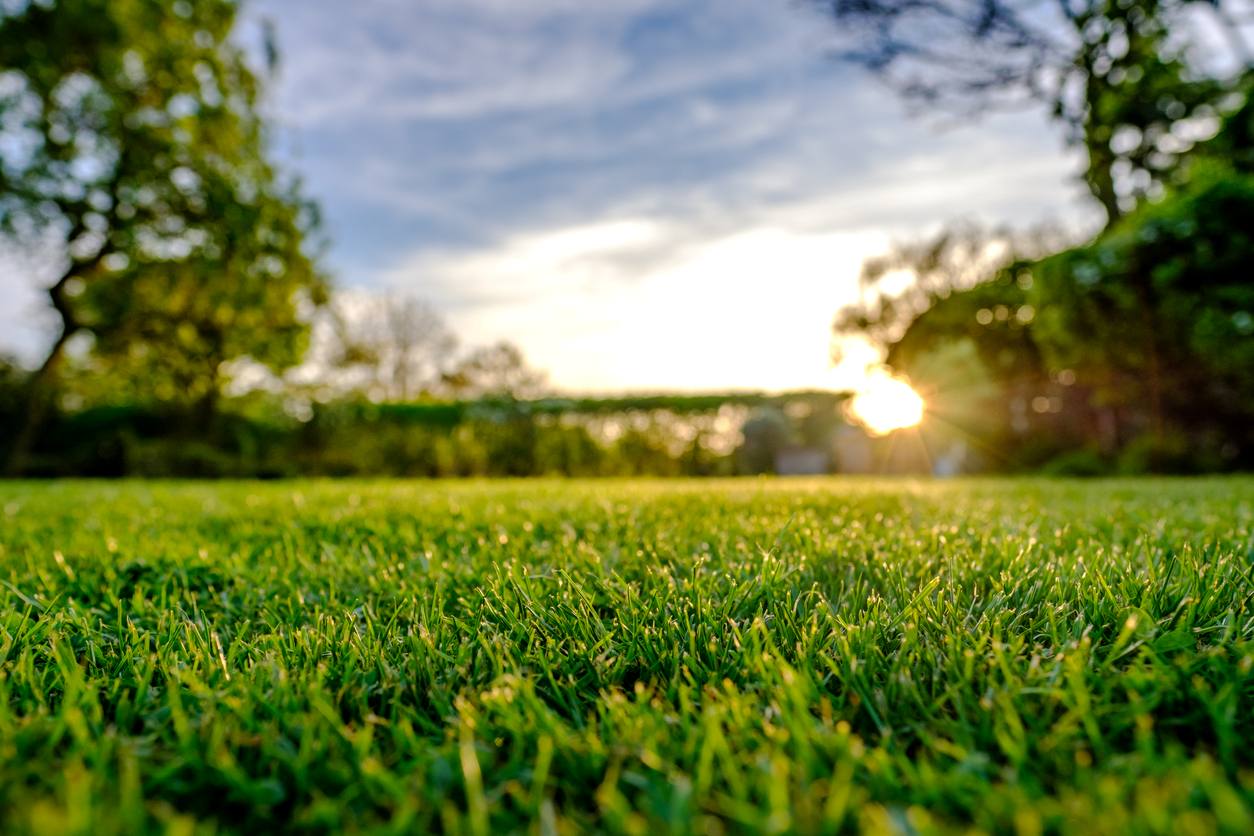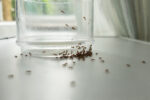
Are The Brown Spots In Your Grass Brown Patch Fungus?
Have you been noticing brown spots in your lawn? No matter how much you water it, or even if your lawn is well shaded, are those dry-looking patches still appearing all across your turf? Well, it might not be a dryness problem at all. Instead, you may be dealing with brown patch fungus, and if you are, Hulett Environmental Services is here to help.
Our lawn care team knows how frustrating it can be when your once-lush lawn begins to fade in color and texture, with large patches or brown spots. Hulett’s expert technicians can identify the source of your lawn’s discoloration, treat the affected areas, and help restore your grass to its vibrant green color.
Why Does My Lawn Have Brown Spots?
Brown patch fungus actually doesn’t start as brown. At first, it appears as a dark greenish hue that can easily go unnoticed. It may even look like a healthy, dense patch of grass. In the summer, this disease often doesn’t show its symptoms. However, when temperatures drop in the fall and winter, especially if there is still rainfall or excess irrigation, the symptoms of this disease show themselves. This dark green will fade to a faint purple, then gradually bleach the blades until they appear brown, tan or straw-colored. In some cases, the center of the infected area may recover, leaving behind a green patch surrounded by pale grass, creating a donut-like shape. On the perimeter of the brown damage, a yellowish “halo” can be seen, which indicates an active fungal disease.
Fungal fragments too small to see can stick to your shoes, pets, or lawn equipment, traveling wherever you walk or mow. This is why it can seem like the patches multiply overnight. When mowing, for example, infected clippings can be scattered across your yard, helping the disease take hold in new spots almost instantly.
What Causes Brown Spots on the Lawn
Many types of fungi can target your lawn, and most are attracted to the same conditions. High humidity and warm temperatures are the biggest culprits, and in South Florida, that combination is practically constant. Brown patch fungus, however, typically appears as temperatures drop, and the lawn stays wet and cool for several hours.
You’ve probably noticed mushrooms popping up after a rain shower. Those small clusters appear because fungi thrive in moist, organic-rich environments. Brown patch fungus behaves similarly, spreading in these areas of excess moisture.
Not all fungi are bad, though. Some actually benefit your soil. For example, Russula species of mushrooms form helpful relationships with plant roots, drawing nutrients from deep underground and sharing them with trees and grasses that couldn’t otherwise reach them.
But with Florida’s moist environment, your lawn is always at risk. Brown patch fungus disease can persist and spread all year long, but the damage and symptoms typically occur from November to March, during the cooler season. That’s why staying proactive about lawn health is so important in our tropical environment, and professional treatment should be maintained, even when the laws do not show symptoms or damage.
The Good News About Brown Patch Fungus
While there are many types of lawn infections, brown patch fungus is a foliar disease, meaning it primarily affects the blades of grass. You may notice the color draining from your lawn’s surface, appearing a dull brown color.
After an effective brown patch treatment from Hulett Environmental Services, you’ll begin to see your lawn’s color returning and new growth filling in those faded circles. Damage occurs during the dormant seasons of St Augustine grass where growth is slower, so it does take some time to “grow out” the previous damage. However, the yellowish “Halo” will disappear, indicating that the infection has been controlled. Quick intervention prevents the fungus from spreading further and helps your turf recover more quickly. The sooner you act, the better your results will be.
How To Prevent Brown Patches on the Lawn
One of the simplest and most effective ways to limit the impact of brown patch fungus is to pay close attention to the rainfall, especially in late fall and winter. The grass is dormant during this time, growing slowly, so it doesn’t need as much water. If it has been raining, be sure to turn off or limit the amount of irrigation. Preventing excess moisture will help prevent the spreading of Brown Patch Fungus.
The best time to water is early in the morning between 5 and 9 a.m., and only water as needed. This allows the grass blades to dry completely before evening. Grass that remains wet for extended periods, especially overnight, creates an ideal environment for fungal growth to spread.
How To Fix Brown Spots in Your Grass
Fungal infections can move fast, but so can Hulett Environmental Services. Our experienced lawn care professionals know how to effectively treat brown patch fungus and restore your lawn to its brilliant, healthy green. With customized treatment plans, ongoing maintenance, and environmentally responsible methods, you can rely on Hulett to keep your lawn looking its best season after season.
You don’t have to wait for those brown spots to take over. Just call Hulett Environmental Services today to learn more about how professional lawn spraying can help keep your grass green, insect and disease-free, and bring your lawn back to life.





